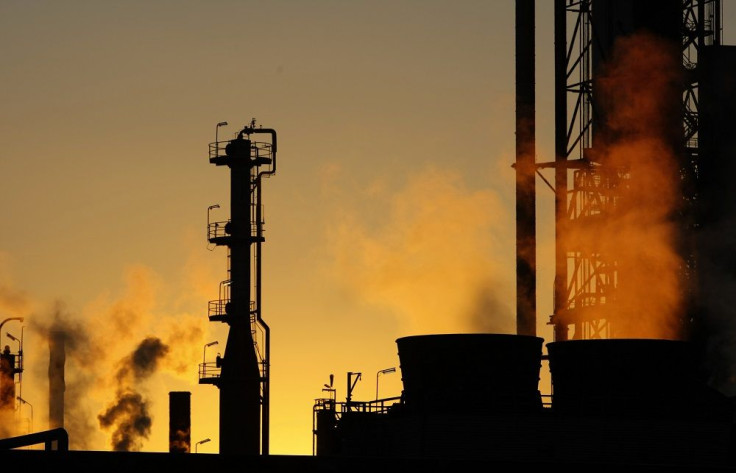Modelling shows how Australia can meet its greenhouse gas emissions reduction targets

The Australia Institute’s Climate & Energy Program’s first major report evaluates the energy policies to meet the nation’s greenhouse gas emissions reduction targets set by the Abbott government. The analysis of the modelling, which was commissioned by the government, finds that Australia faces a choice.
One option is to adopt a least-cost path. This would involve a transition to between 66-75 percent renewable energy by 2030.
The second is to further delay the transformation of the electricity sector. This option is expected to boost cost to the economy as a whole and push a greater proportion of the emission reduction task onto other sectors like transport, agriculture and manufacturing.
The Climate & Energy Program was launched after the transfer of the Climate Institute’s intellectual property to The Australia Institute. The report by Rod Campbell, director of research at The Australia Institute, finds that the most effective way to meet the country’s international commitment would see the electricity sector reducing emissions by 40 percent to 55 percent below 2005 levels in 2030.
Executive Director of The Australia Institute Ben Oquist said that the analysis of the economic modelling shows that meeting these targets for the electricity sector with a policy like the clean energy target is likely to need 66-75 percent of electricity to be supplied by renewables. “If Australia adopts a weak clean energy target which does not provide a strong signal for renewables, we risk turning Australia's moderate Paris targets into an extremely expensive task,” he said.
Oquist recognised that there are emissions reductions that can be done in all sectors of the economy. But electricity generation, he said, is an area where the technology to make major emissions cuts is cheaper. He said that the government has been consistent in its commitments to Australia’s international emissions targets. “It remains to be seen if we choose to meet those Paris commitments the easy way, or the hard way,” he added.
Meanwhile, Australian Industry Group Chief Executive Innes Willox has discussed the projections of gas supply inadequacy from the Australian Energy Market Operator (AEMO) as well as an ACCC report that shows gas users facing poor availability, unfair contractual terms and sky-high prices. Willox believes the issues are “deeply concerning” and that they are additional evidence supporting the need to declare 2018 a gas shortfall year. He said that the government must follow through on the Australian Domestic Gas Security Mechanism for as long as it takes to resolve the crisis.






